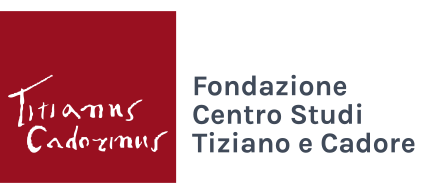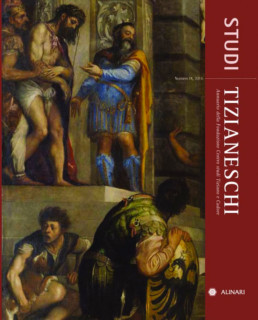Studi Tizianeschi IX
Price: 20.00 €
On line price: 18.00 €
Free delivery in Italy, payment on delivery abroad
Studi Tizianeschi, number IX appears with a delay of some years from the previous one: an interruption certainly due neither to a lack of enthusiasm from the part of the editorial board nor to shortage of material to publish, but exclusively to economic reasons. Now, thanks to some generous sponsors, we can offer to our readers an issue rich in articles that follows the established approach of the journal.
The first part of the volume consists of four essays, starting with Peter Lüdemann’s proposal to study once more the iconological meaning of Giorgione’s so-called “La Vecchia” on the basis of the inscription “Col tempo”, coming to new insights and interpretations. Heiner Borggrefe presents an original research on Titian’s “Ecce homo” in the Kunsthistorisches Museum in Vienna. His suggestion to regard to Pietro Aretino as the commissioner of the painting instead of the Flemish merchant Giovanni d’Anna may seem rather surprising and leads to a stimulating working hypothesis. Stimulating and innovative is the essay by Jane Shoaf Turner and Paul Joannides, analyzing the Rokeby variant of Titian’s fortunate composition showing the myth of Venus and Adonis. The study deals with the genesis and the different versions of the subject. Finally Paola Artoni presents her research on Bindoni’s venetian typographic seal, which shows Tobias and the Archangel Raphael. The seal is furthermore compared with Titian’s homonymous altarpiece in the Venetian Gallerie dell’Accademia, offering important clues on the much disputed chronology of the painting.
The second section offers various archival and documentary researches. Letizia Lonzi provides precise documentation on the works created by members of the Vecellio family in the church of San Biagio at Calalzo di Cadore, providing new conclusions on their attribution. Carlo Corsato publishes an inedited copy of the decree dated 5 July 1571 transferring Titian’s pension granted by Philipp II to his son Orazio; the author adds new information on the artist’s economic situation. Andrea Polati goes back to the complicated issue of Titian paintings in the “mythical” Barbarigo collection. The section dedicated to review presents the discussion of three books on Titian and his “surroundings”, concluded as usual by Michele di Monte’s usual overview of publications on Titian issued during the last two years.
In conclusion Frederick Ilchman’s short obituary commemorates his PhD thesis advisor: our lamented friend and colleague David Rosand, member of the scientific committee of the Fondazione Tiziano e Cadore for years and great connoisseur of the painter from Cadore.

